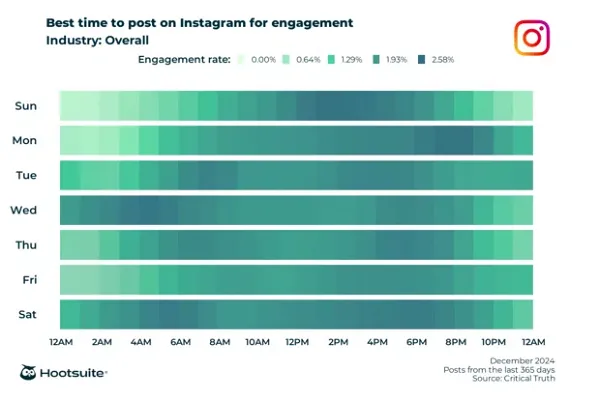In the ever-evolving landscape of business technology, the role of Chief Artificial Intelligence Officer (CAIO) is emerging as a pivotal force in steering organizations towards innovating, adopting, and scaling artificial intelligence. As companies increasingly adopt artificial intelligence (AI) across various operations, organizations feel there is a need for a dedicated executive to oversee AI initiatives that can ensure AI strategies and capabilities align with the broader business goals, and to help drive efficiency, innovation, and a competitive advantage.
The necessity of a CAIO
In an age where data is the new currency, leveraging AI effectively can make the difference between leading the market and lagging behind. AI offers transformative potential across all business sectors, from automating routine tasks to providing deep insights through data analysis, enhancing customer experiences, and creating new products and services. However, harnessing AI’s full potential requires a strategic approach, underpinned by both a deep understanding of technology and the soft skills of a leader to help navigate corporate environments. Does such a human exist?
In theory, this role is meant to ensure the enterprise isn’t just deploying a series of ad-hoc AI projects but a coherent part of the organization’s strategy. This role involves setting the vision for how AI can be utilized, identifying opportunities for its application, and addressing the ethical implications of AI use.
A CAIO’s impact and what to consider when placing this person
Introducing a CAIO into an organization can have a profound impact (both good and bad) on its ability to be effective. Here are several key areas of influence, along with potential challenges:
- Strategic integration: A CAIO can ensure that AI initiatives are fully integrated into the strategic planning process, aligning AI investments with business objectives and market demands. This demands that the CAIO is welcomed as part of the leadership team and is active in all strategy discussions moving forward — including with the Board, CEO, and first line CxOs.
- Cultural transformation and competing priorities: By advocating for AI across the organization, a CAIO can foster a culture that embraces digital transformation and innovation, preparing all levels of the workforce to adapt to and leverage AI technologies. But first, the organization’s leadership must determine whether there are too many strategic initiatives that are taxing employees and their bandwidth, as well as whether AI is too much of a stretch for the organization in its current maturity struggles to scale current innovations.
- Competitive advantage: Through effective use and management of AI, a CAIO can help create a significant competitive edge, whether through cost reduction, enhanced customer service, or the creation of entirely new business models. But will the company embrace the change and embed it into its organizational model? This requires a strong mandate from above.
- Talent and knowledge development: A CAIO can lead the development of AI talent within the organization and foster continuous learning, ensuring the company stays at the forefront of AI advancements. But when resources are hard to find or the enterprise isn’t a big-tech or AI based company, how do they attract talent? How will this role navigate through a sea of generalists, and not specialists? How can it “upskill” a workforce that has been loyal to a company for 10-, 15-, or 20-plus years?
Avoiding the pitfalls
While the CAIO role is positioned to drive significant benefits, there are pitfalls to avoid. In addition to those mentioned above, here are three crucial tips to keep in mind:
- Avoid isolation from core business functions: Ensure the CAIO isn’t siloed or isolated from core business operations. Their work should be deeply integrated with all business units to ensure AI initiatives are relevant and aligned with overall business goals.
- Don’t underestimate the importance of change management: The introduction of AI can be disruptive. It’s essential to not overlook the need for comprehensive change management strategies that prepare the workforce for new ways of working and thinking about data and AI.
- Create clear division of labor: With so many technical CXOs, CAOs, CDOs, CIOs, CTOs, and now CAIOs, where does one role start and another role end? Where does the baton of data and data management get handed? Is the CIO meant to service all these new peers? The division of labor needs to be clearly called out and priorities need to be set because of the impeding dependencies.
The CAIO plays a crucial role in navigating the complexities of AI adoption and ensuring that it serves the broader business strategy. But there are many hazards that enterprises will encounter that need to be navigated adeptly for the role to be effective as a cornerstone in creating competitive strategy and operational excellence.
Written by Sol Rashidi.
Have you read?
Uncertain Waters: Navigating the Evolving Landscape of Private Equity with Associate Priscilla Liu.
Driving Transformational Change: Strategies for Success.
A Leader Forged Through Service: Robert T. Hastings on Leadership, Strategic Communications and Shaping Perceptions.
Can Multitasking Facilitate Creativity?
Dynamic Music Industry Exec Brandon Silverstein Wins Billboard Power Players Award.
Add CEOWORLD magazine to your Google News feed.
Follow CEOWORLD magazine headlines on: Google News, LinkedIn, Twitter, and Facebook.
Copyright 2024 The CEOWORLD magazine. All rights reserved. This material (and any extract from it) must not be copied, redistributed or placed on any website, without CEOWORLD magazine’ prior written consent. For media queries, please contact: info@ceoworld.biz




































































![Twitter Shares New Data on Rising Discussion of the NFL Ahead of the Season Kick-Off [Infographic] Twitter Shares New Data on Rising Discussion of the NFL Ahead of the Season Kick-Off [Infographic]](https://www.socialmediatoday.com/imgproxy/1IUQGmSa3CaAzHmjg9qBlu-ITkVQk9yzdktbFJx3wjI/g:ce/rs:fill:770:364:0/bG9jYWw6Ly8vZGl2ZWltYWdlL3R3aXR0ZXJfTkZMX2Rpc2N1c3Npb24yLnBuZw.png)

